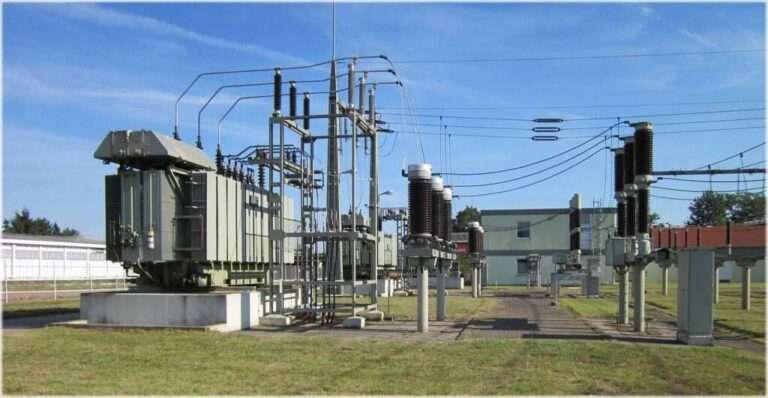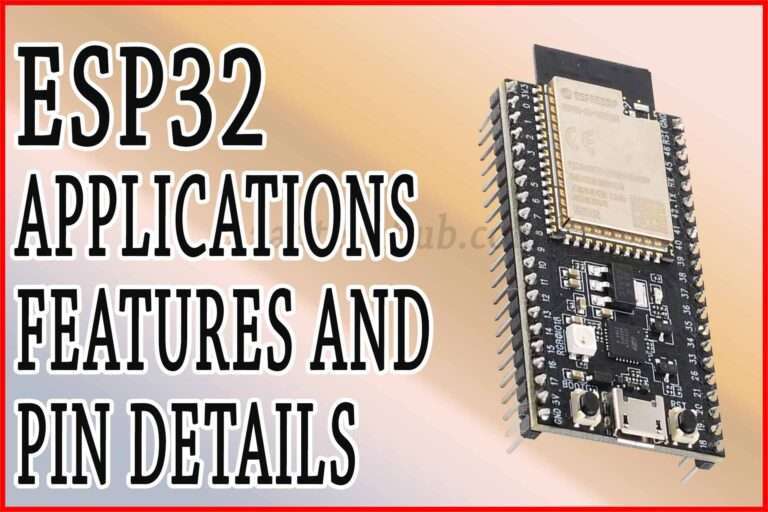74HC595 Pinout: Important Features & Equivalent
The 74HC595 is a popular shift register IC that is commonly used in digital electronics and microcontroller-based projects. Understanding 74HC595 Pinout is crucial for proper connection and utilization in circuit designs.
Table of Contents

74HC595 Pinout
Let’s explore the 74HC595 pinout in detail.
The 74HC595 shift register typically comes in a 16-pin DIP (Dual In-line Package) or SOIC (Small Outline Integrated Circuit) package. The 74HC595 pinout is as follows:
Serial Data Input (DS): Pin 14, the Serial Data Input, is used to input data bit by bit into the shift register.
Serial Data Output (QH’): Pin 9, the Serial Data Output, provides the output for the last data bit shifted in. It can be connected to the Serial Data Input (DS) of another shift register to form a cascade connection.
Serial Clock (SH_CP): Pin 11, the Serial Clock input, is used to synchronize the shifting of data bits into the shift register.
Storage Register Clock (ST_CP or RCLK): Pin 12, the Storage Register Clock input, is used to latch the data from the shift register into the output register.
Master Reset (MR or RESET): Pin 10, the Master Reset input, is used to reset the shift register and clear all stored data.
Output Enable (OE’): Pin 13, the Output Enable input, is used to enable or disable the output of the shift register.
Eight Output Pins (Q0-Q7): Pins 15, 1, 2, 3, 4, 5, 6, and 7 are the output pins of the shift register. These pins provide the serially shifted data or the stored data depending on the latch state.
When using the 74HC595 shift register in a circuit, it is crucial to connect the pins correctly to ensure proper functionality. Referring to the 74HC595 pinout diagram or datasheet will help identify and correctly connect the pins according to the desired circuit configuration.
Features of 74HC595:
- 8-bit serial-in, serial-out shift register with output latches.
- Serial data input and output for easy daisy-chaining of multiple shift registers.
- High-speed operation with data rates up to 100 MHz.
- Wide operating voltage range of 2V to 6V.
- Low power consumption.
- Schmitt-trigger inputs for improved noise immunity.
Specifications of 74HC595:
- Maximum supply voltage (VCC): 6V
- Maximum output current (IO): 35 mA
- Maximum power dissipation (PD): 500 mW
- Operating temperature range: -40°C to +125°C
Equivalent ICs of 74HC595:
74HCT595: This is a compatible version of the 74HC595 that operates at higher voltages (up to 5.5V) and is capable of interfacing with 3.3V logic devices.
TPIC6B595: This is a power logic shift register that can handle higher output current (up to 100 mA) and is suitable for driving higher loads such as LEDs and relays.
These equivalent ICs provide similar functionality and can be used as alternatives to the 74HC595 in various electronic circuits, depending on specific needs and component availability.
Related Posts:
- Floating Gate Transistor: Best Features & Applications
- TIP120 Transistor Pinout, Datasheet and Equivalent
- 74HC595 8-Bit Shift Register: Best Ultimate Guide
- Transistors BC547: Important Guide to Pinout
- C1815 Datasheet: Important Features to Know About
Follow us on LinkedIn”Electrical Insights” to get the latest updates in Electrical Engineering. You can also Follow us LinkedIn and Facebook to see our latest posts on Electrical Engineering Topics.




